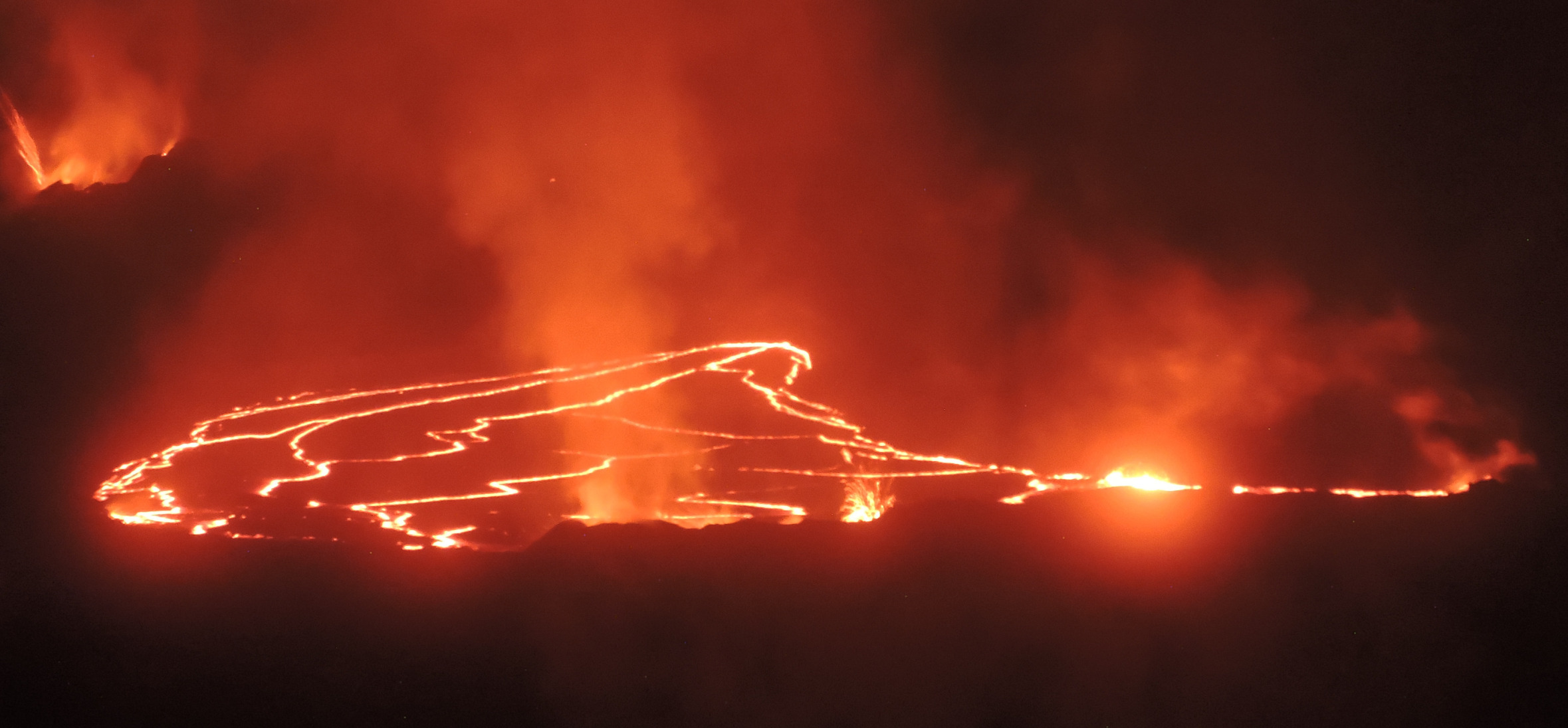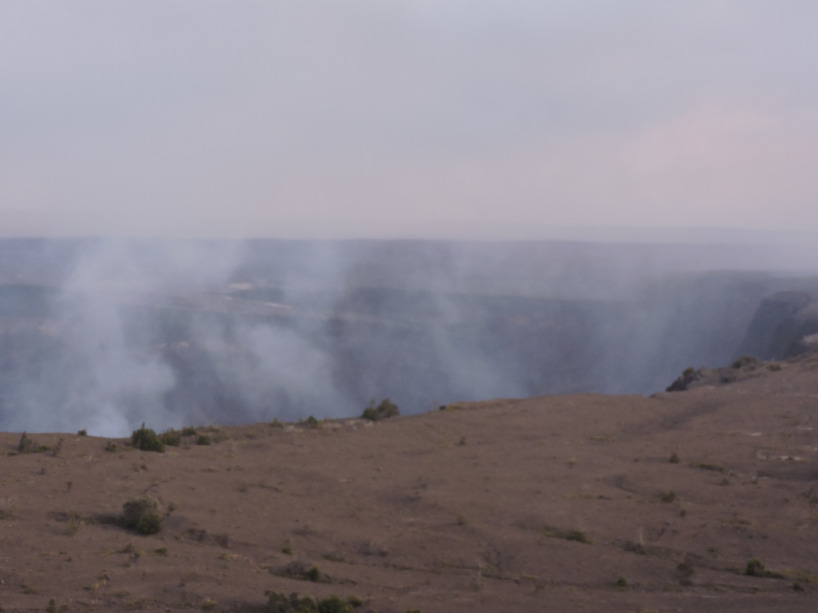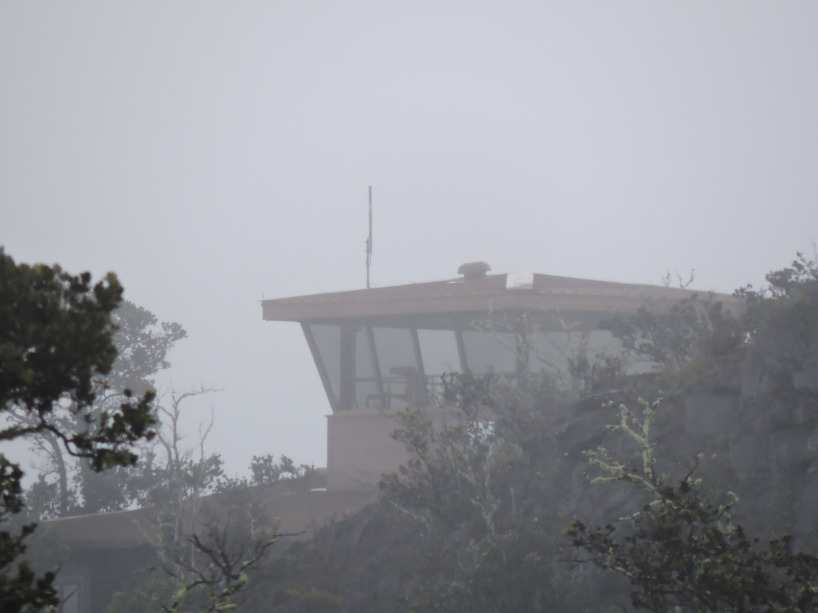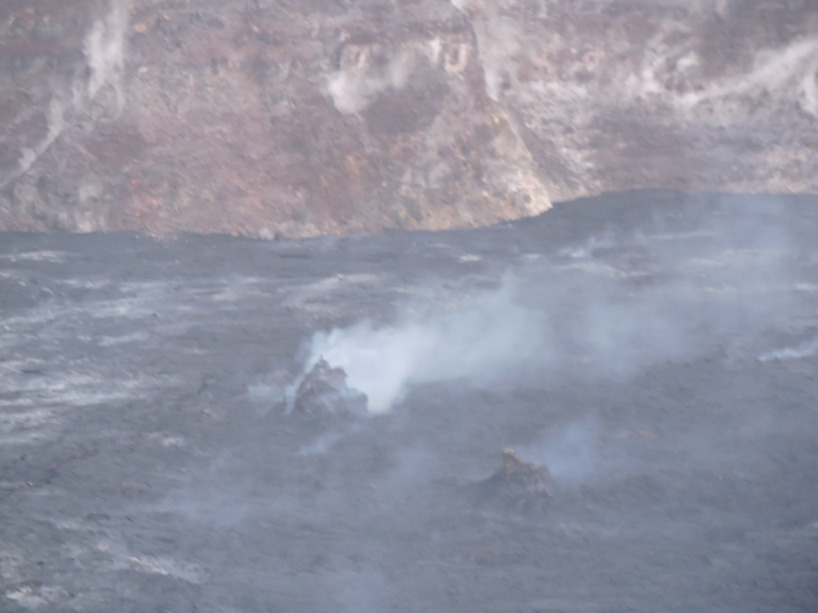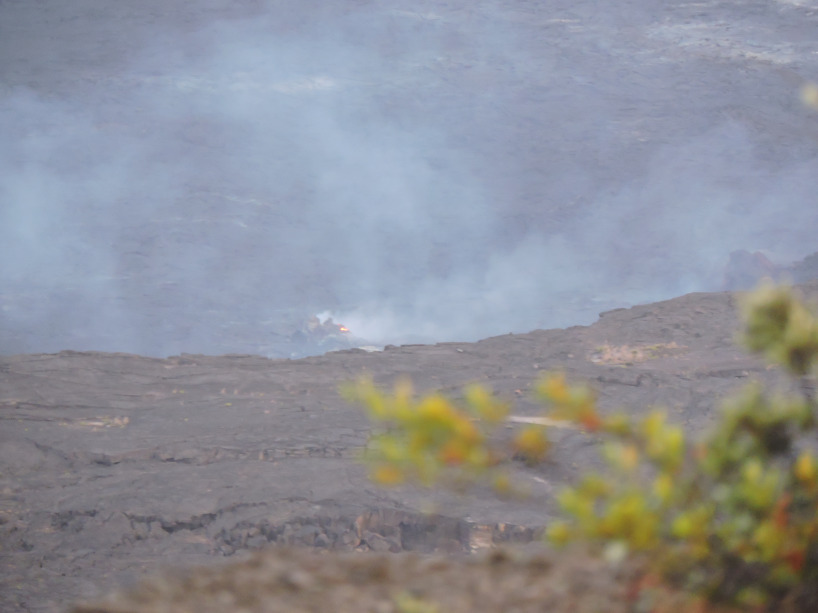
WHY VISIT THE VOLCANOES OF THE BIG ISLAND?

We have personally visited the the Big Island's Hawai'i Volcanoes National Park throughout the last 50 years. We can adamantly say these are the best times for viewing the lava flows in the park for various reasons and HIGHLY recommend visiting the Hawai'i Volcanoes National Park RIGHT NOW! This is possibly a once in a lifetime event for some to witness live volcanic lava flows in any part of the world. To witness it in Hawaii is something spectacular. To know that you are standing on ground which was formed by ancient molten lava pushed out of the earth's core, and which still flows today along the shifting Pacific plates. How these islands came to be from the steady stream of molten core lava over millions of years, is something words can hardly express. And then to visit the Big Island on many occassions to see how the landscape and its inhabitants have changed due to the unpredictable volcanic activity is also truly amazing. While it is sad to see entire bays of coral reefs, ancient ponds, and hundreds of homes destroyed by new and changing lava flows, this is how nature intended it. We have to remember that everything is temporary and always changing...even with this LAND we love, called Hawai'i.

Live photo from USGS Webcam updates frequently throughout the day and night
Recent HAWAII VOLCANO ACTIVITY
In late November 2022, Mauna Loa, one of the two but less active volcanoes on the island, experienced lava flows that reached just 5 miles from Saddle Road. But this lava flow only lasted about 8 weeks and then ceased. This was a historical event in that Mauna Loa only errupts every 50 to 80 years.
Then after weeks of inactivity for both Mauna Loa and Kīlauea, Kīlauea resumed its lava flows into the Halema'uma'u caldera, filling it completely. Awe-inspiring fountains roared 164 feet (50 meters) into the air. Lava flows inundated the crater floor within hours and filled a 277-acre area, roughly the size of 240 American football fields. The new lava cooled and hardened creating hundreds of additional feet to the floor of the caldera.
Just a few years ago in 2018, the immense Halema'uma'u caldera (mini crater in the larger crater of Kaluapele) expanded, carving out many miles of the south and west walls. The severe earthquakes and decreased cliff stability caused the Jagger Museum to be shut down permanently, though it remains standing. This Museum and lookout point had been the center of attraction in the park for over 70 years, and unfortunately will need to be torn down and will never be rebuilt in its location. Luckily all the contents of the museum were saved and moved for future display.
CURRENT HAWAII VOLCANIC FLOWS
The location of flowing lava within the caldera continues to change. Lava is currently visible from many areas inside the park. It is best to arrive at least two hours before sunset to view the park highlights (like the Thurston Lava Tube, the steam vents, and the devastation trail) during the day and then to stay to see live exploding lava from various vantage points at night.
The current eruption at Kīlauea volcano, within the immense Halema'uma'u crater, can be described as bubbling to explosive fountains and can be visible from many overlooks surrounding Kaluapele (Kīlauea caldera) within the national park. Viewing conditions can change at any time depending on eruptive activity and weather conditions such as fog or rain. Consider factors which may impact your viewing experience such as long waits and crowds, hiking ability, and available time when selecting where to view the eruption. Review the park map and consider downloading the NPS mobile app to help you navigate during your visit. One printed fold out park map will be given to you at the entrance when you pay for the park admission. The admission charge is per car and is good for one week.
Currently (as of 2/8/2023) there are three designated lookout points surrounding Kaluapele (Kīlauea caldera) within the national park. (See 1, 2 and 3 on the map on this page). Save the best one for last, which is lookout #3. This is a unique opportunity to see the volcano with visibly active lava flow with your own eyes, right inside the park AND without miles of hiking over rough terrain, nor a one hour drive on Chain of Craters Road (which was the case for decades). Nor does one have to travel outside of the park to see the lava, where rangers do not provide guidance or supervision. This is really one of the BEST TIMES TO GO!!!
Here you will find the three best spots to view the lava flow during both day and night time, though night time viewing is the most visible and most impressive.
1. Kūpinaʻi Pali (Waldron Ledge) from Crater Rim Trail - the lava flow is viewable from two miles away as surface plates from the active lake are dragged back into the lava lake. A glow is visible at night. Park at Kīlauea Visitor Center, near the entrance to the park, then cross to Crater Rim Drive and walk south on Crater Rim Trail. You may first, however, want to walk through the legendary Volcano Lodge landmark which has been in operation for nearly 80 years and displays vintage photographs of the earliest visitors to the volcano in the 1800's.
2. Uēkahuna - About one mile away you may see a sliver of the lake surface which is occasionally visible on the east portion of the lava lake. There may be fountains visible from this overlook, and at a mininum a red glow at night. Park at Uēkahuna or Kīlauea Overlook, then walk 500 feet to the east of Uēkahuna overlook over mostly paved terrain with some elevation gain, or walk 1,000 feet to the west of Kīlauea Overlook over mostly paved terrain with some elevation gain.
3. Overlook near Keanakākoʻi Crater - From just half a mile away you may see lava fountains shooting the air from the lava lake as well as lava flowing at various elevations in the crater. Park at Devastation Trail if there are spots available. It is best to get there early or late. Then walk 1 mile over paved road and then 300 yards over a lava rock trail.
TIP: If you have a hard time walking, insist on parking at the Devastation Trail if you are turned away by park rangers. Cars are always coming and going and you may wait to get a spot.
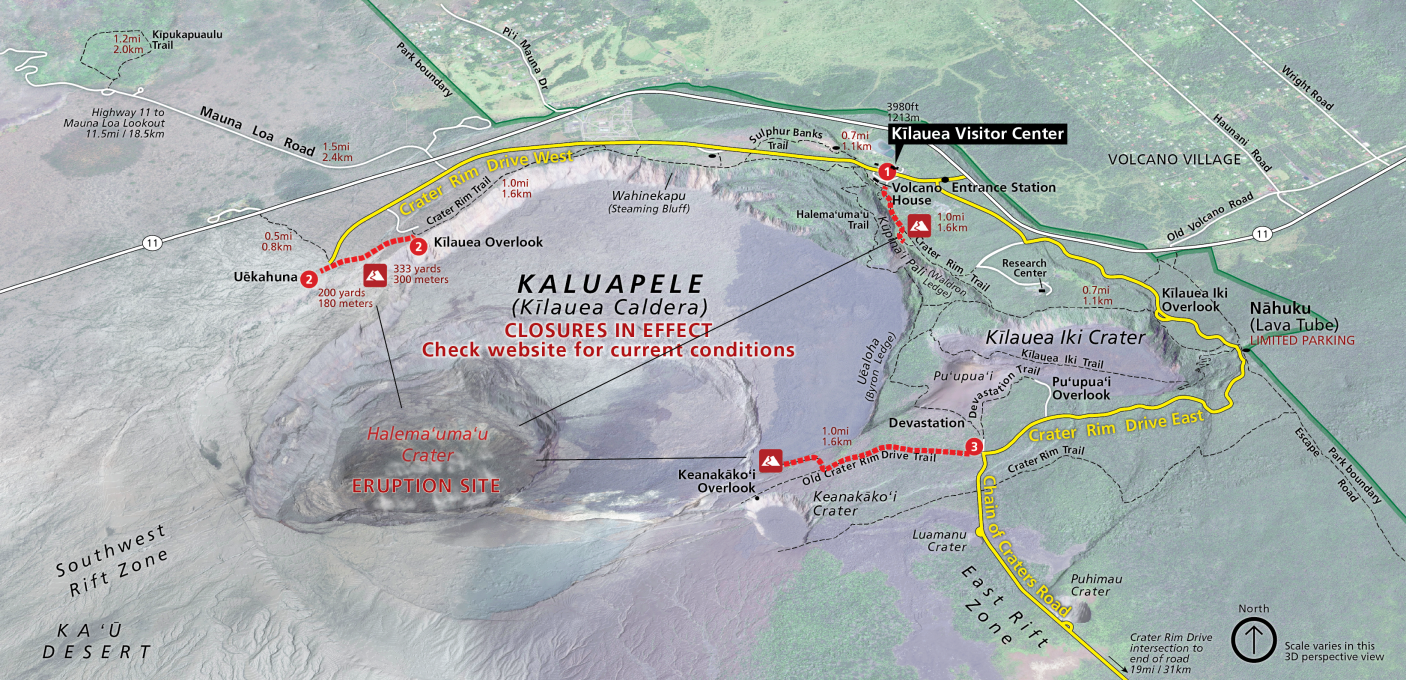
Watch the LIVE VIDEO FEED of the Kileaua caldera eruption here. you may want to bookmark this address for easy reference: https://www.nps.gov/havo/planyourvisit/eruption-viewing.htm
WHAT TO BRING: When visiting the park, don't forget flashlights and cold weather gear! There are rain ponchos in the master closet for guests to borrow. Take beach towels to cover up if needed. Wear sneakers, not open shoes, since you will probably be walking over lava rocks to reach at least one of the viewing areas, and through slippery lava tubes, etc.
Make sure to visit the Hawai'i Volcanoes National Park website for the latest information about road and site closures, the latest lava flow information, and live web cam images.
While you can see many of the park's photos and webcams at the link above, please enjoy the photos below the owners took in the summer of 2022.
